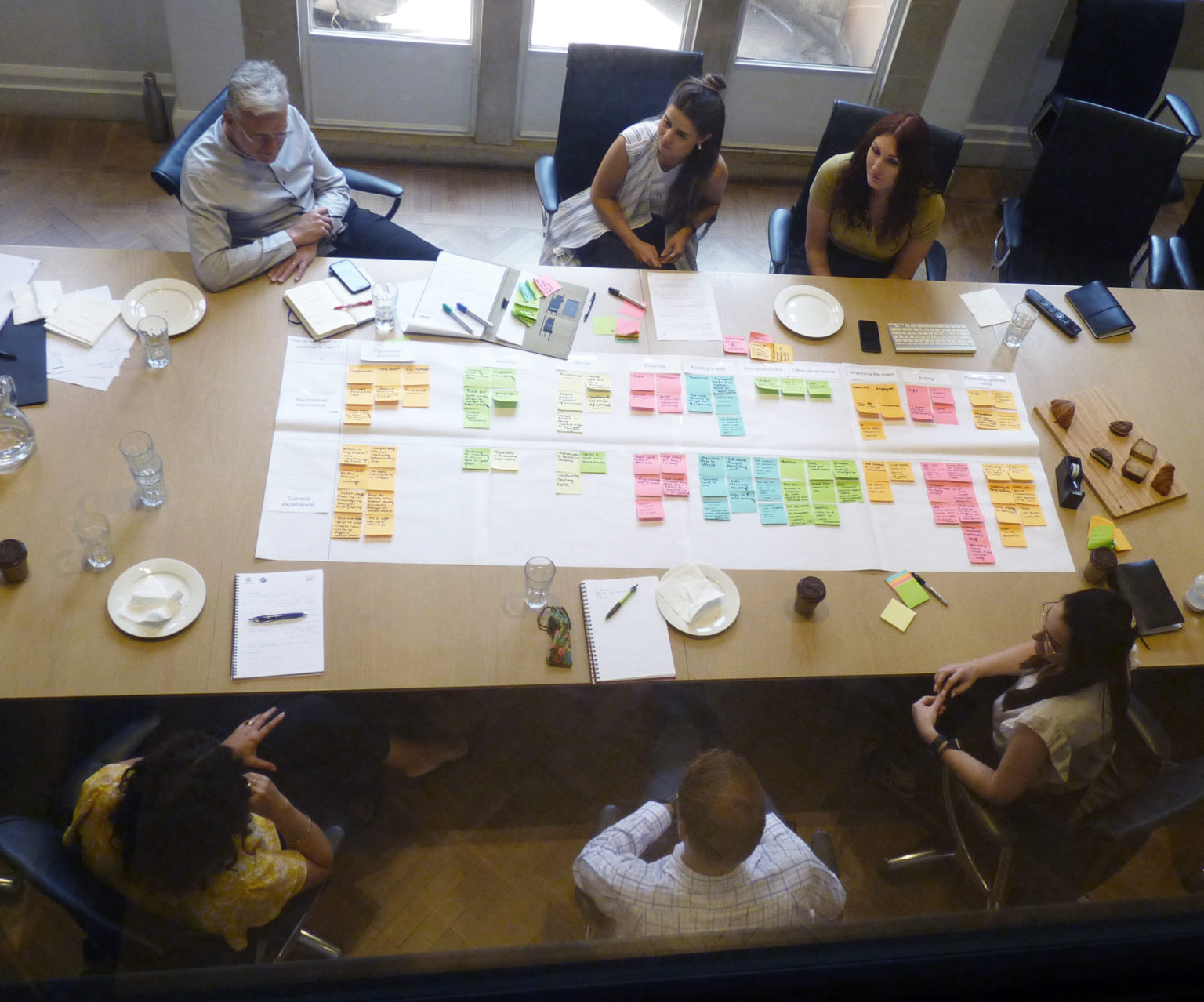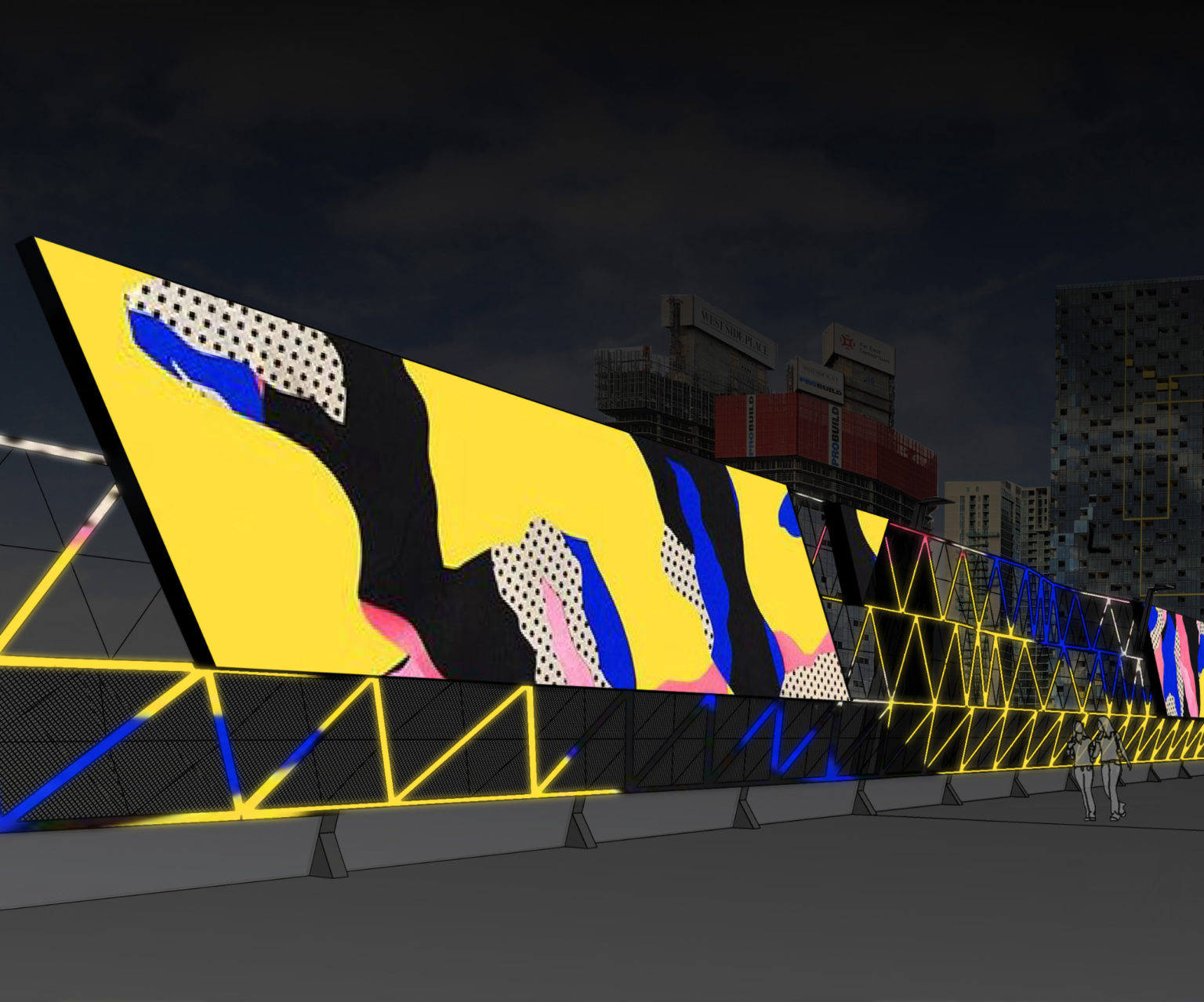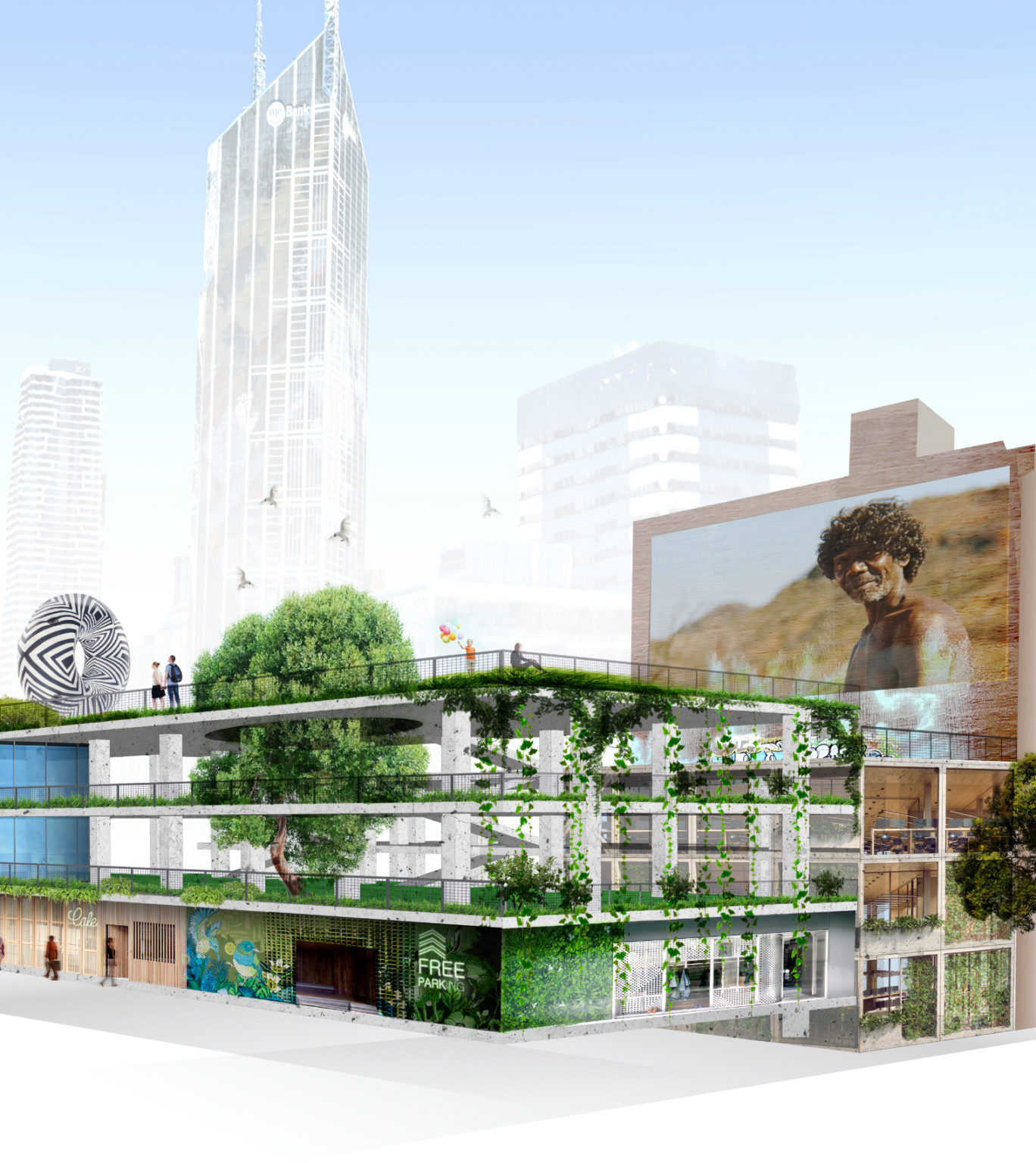What does Diadem’s role at the intersection of architecture and branding look like?
First and foremost, I think our DNA has always been centred around collaboration. It is so much to do with collaboration because we literally are talking about that intersection. We’re either engaged with a branding agency, communication designers, or on the other side of the spectrum, working with architects. Of course, we have the client in the middle too.
Our role is to work closely with clients and help them understand what they’re trying to achieve, and how that translates through the communication strategy they’re trying to deliver. Whether that’s through brand, or through navigation in a shopping centre, we need to ensure that the end user’s experience is going to be a positive one that reflects the brand.
Nothing is quite as rewarding as creating a positive connection with a brand, and this occurs in the built environment. Ensuring we take a human-centred approach to all of our work has always been paramount from the day we started the business.







